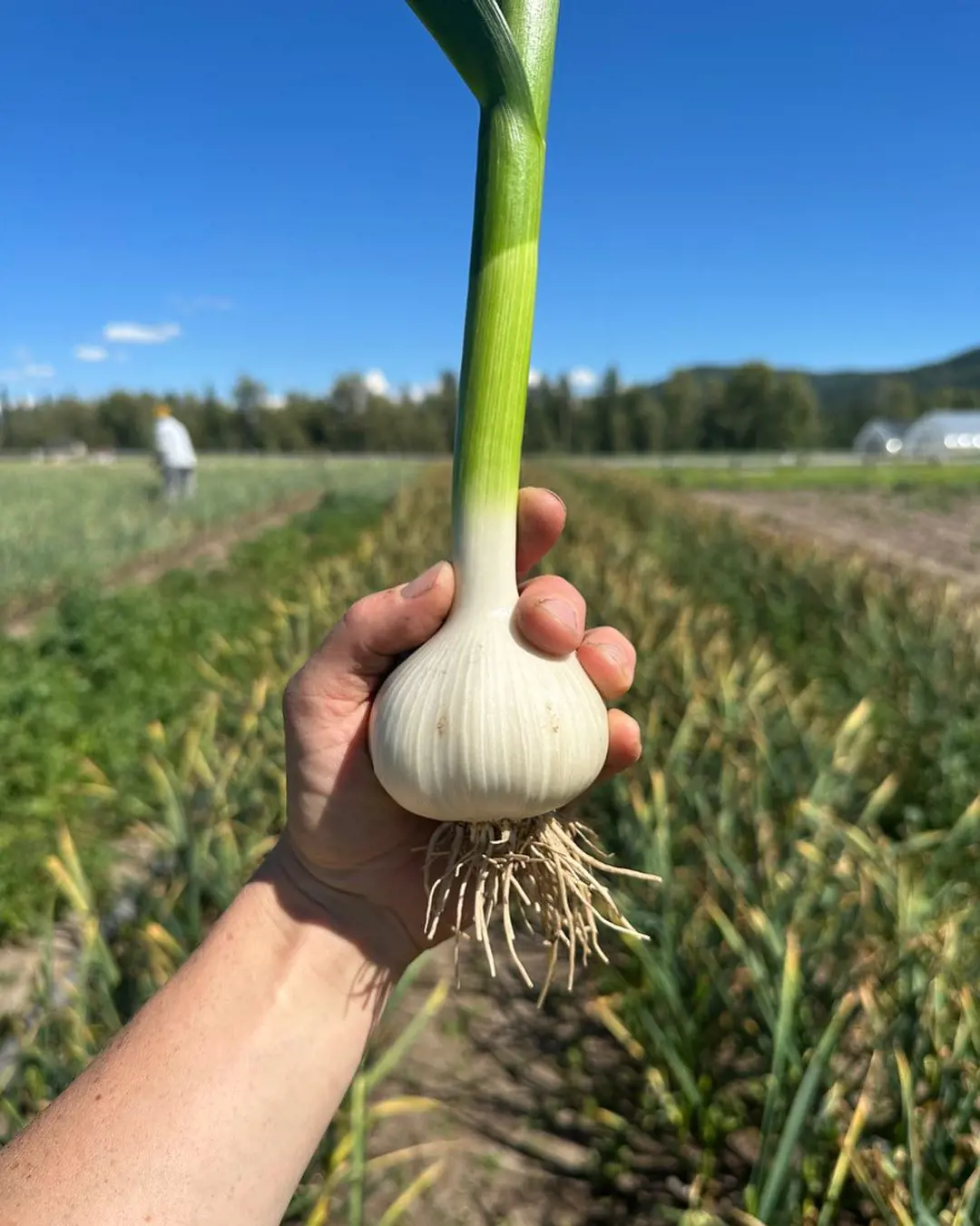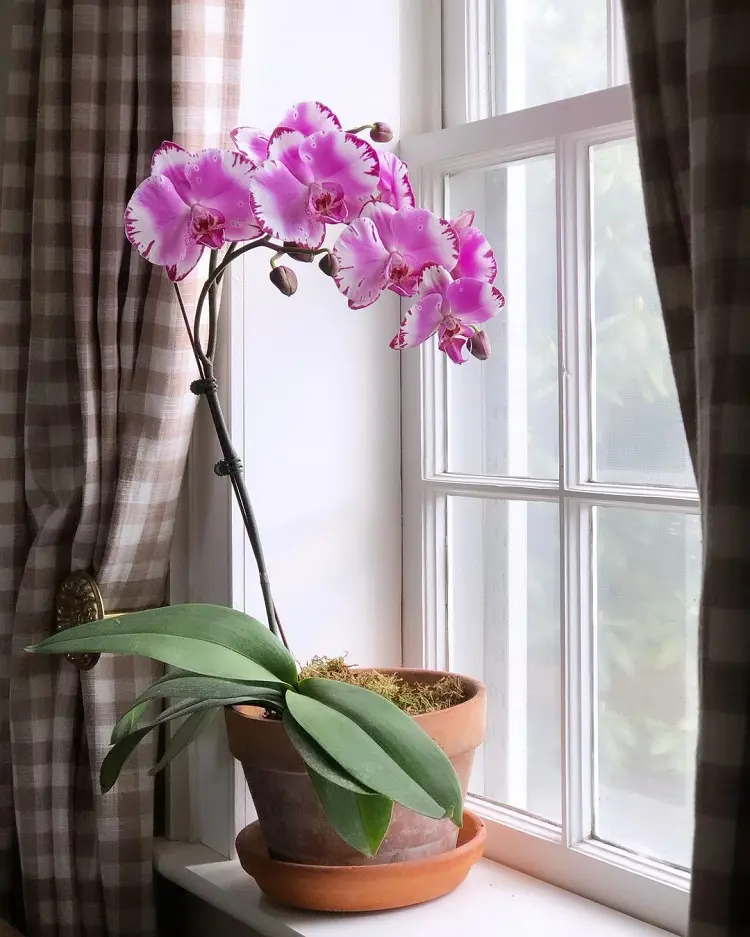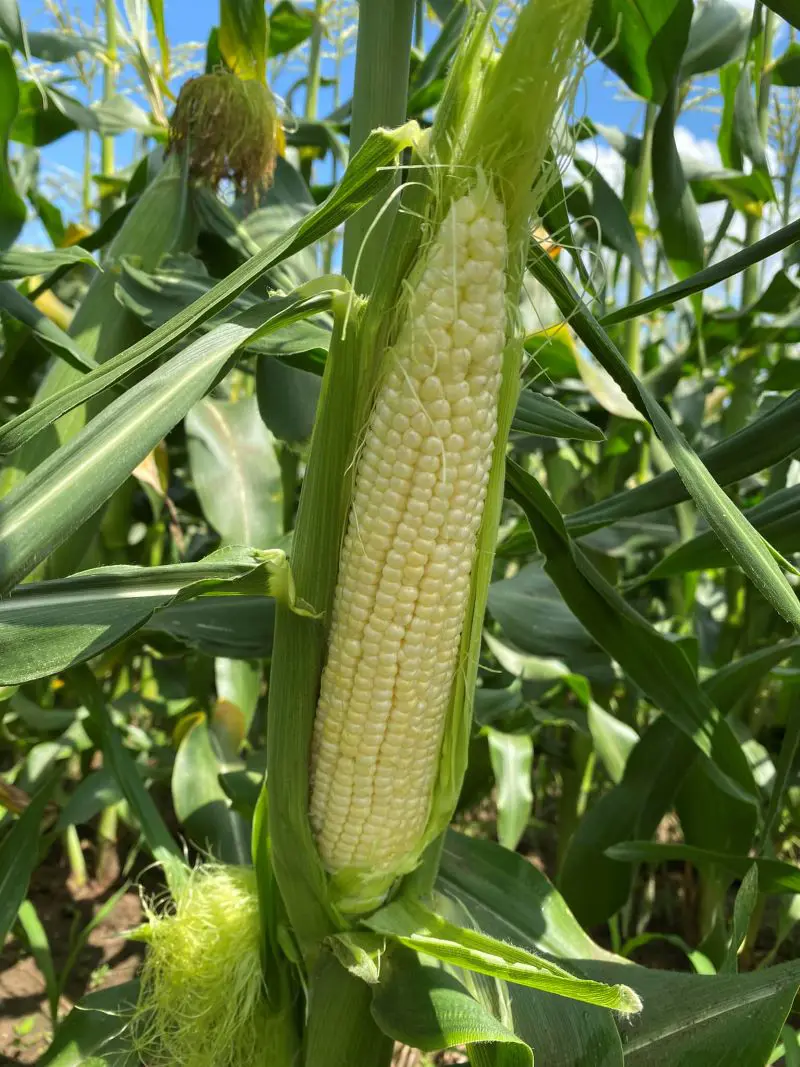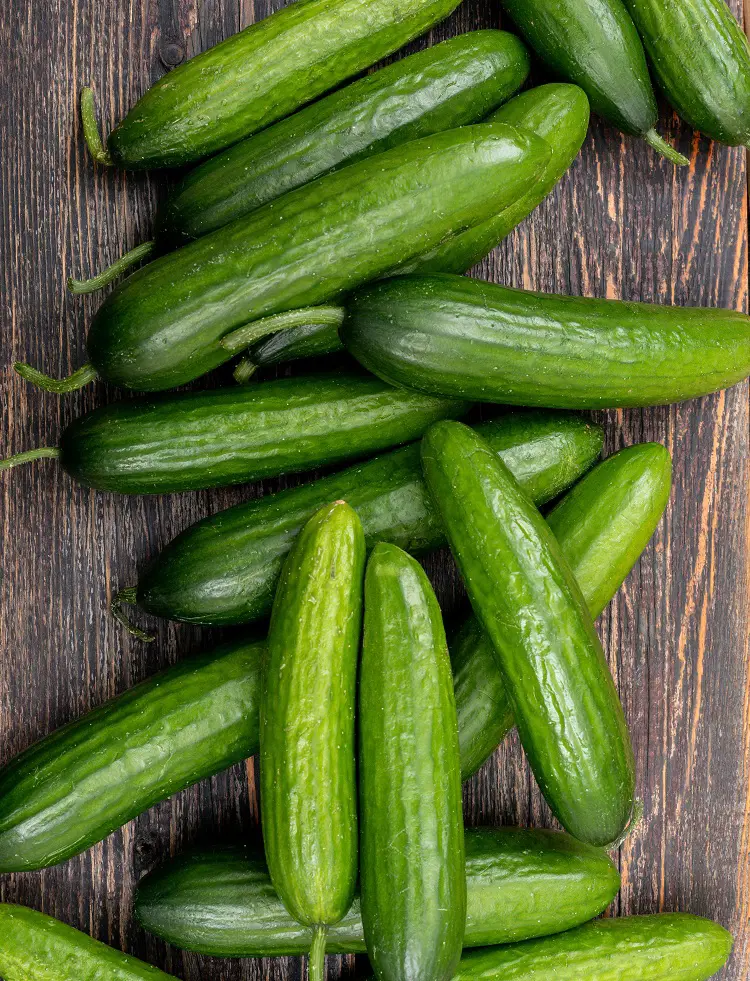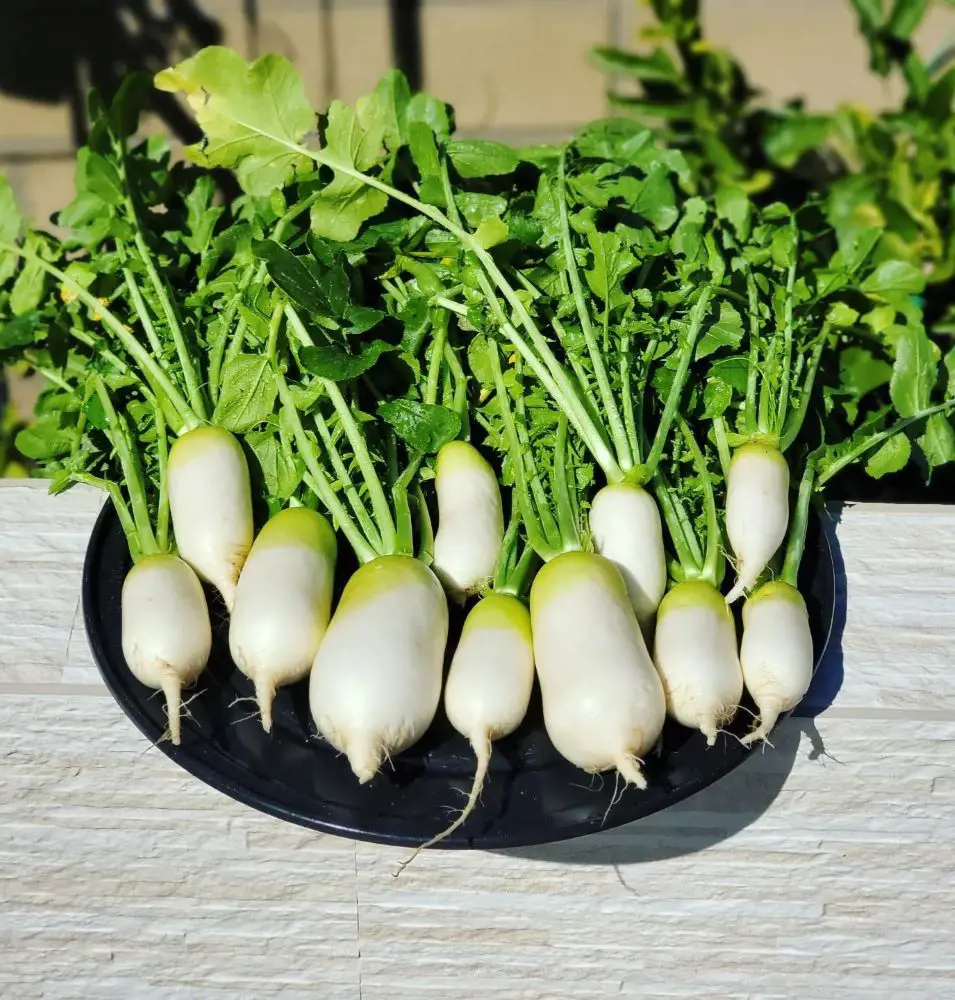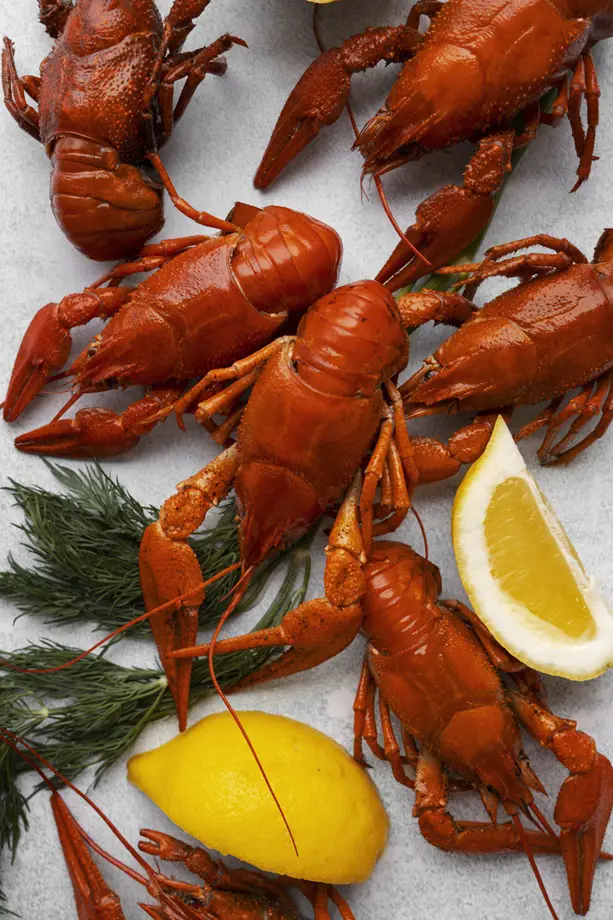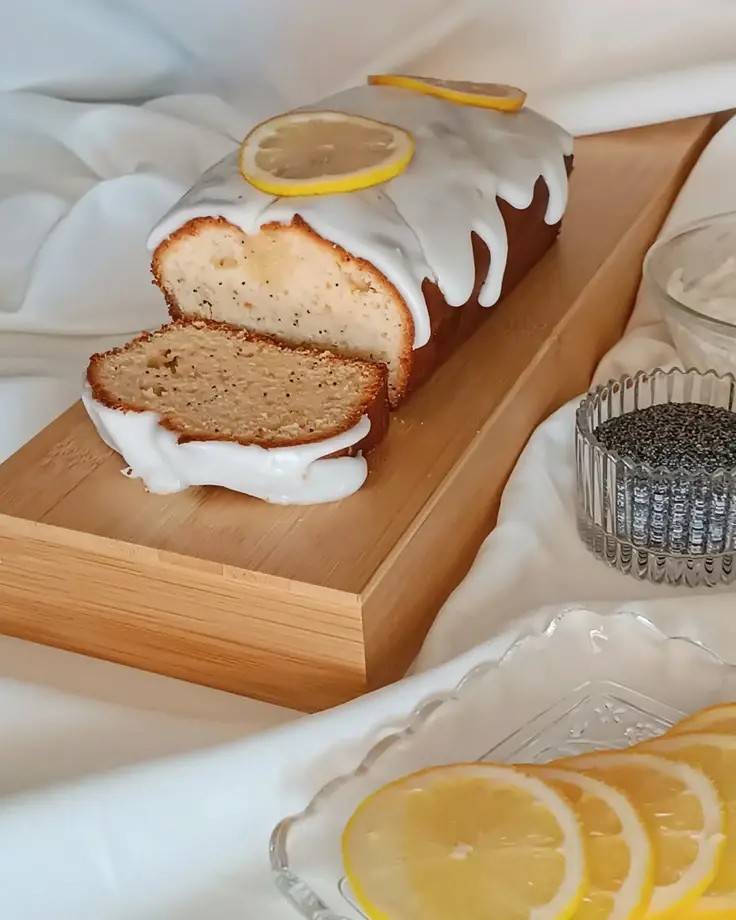How To Grow Banana Tree From Scratch
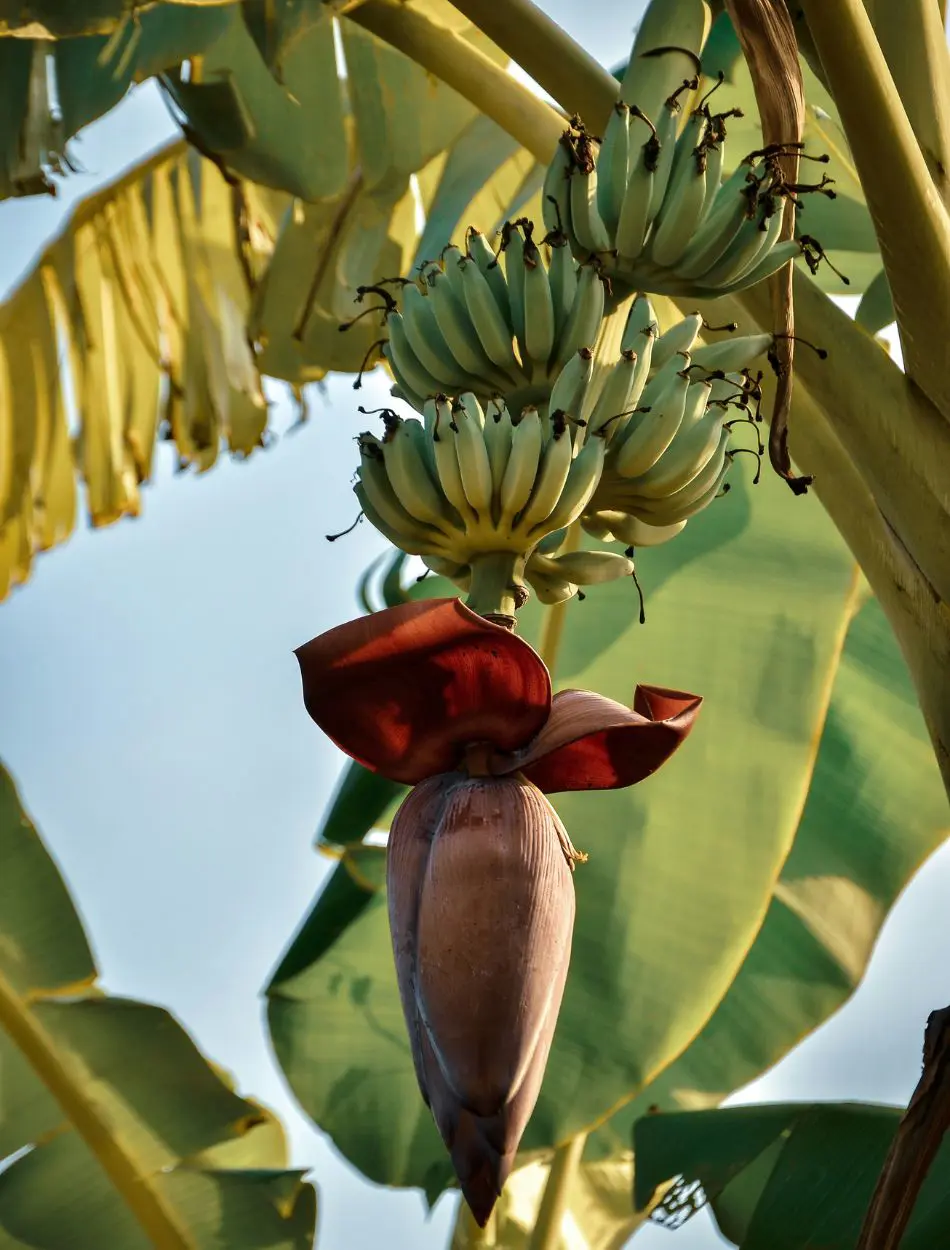
This post may contain affiliate links. If you make a purchase through links on our site, we may earn a commission.
Starting your own tropical plant garden by growing a banana tree is an exciting journey for both experienced gardeners and beginners. This guide spills the beans on cultivating banana trees, covering everything from picking the right type to caring for your plant at every stage.
As we unravel the secrets of banana tree cultivation, get ready to savor the rewards of your hard work. Join us on this straightforward and thrilling gardening adventure, where we make growing banana trees simple and enjoyable for everyone!
Facts About Banana
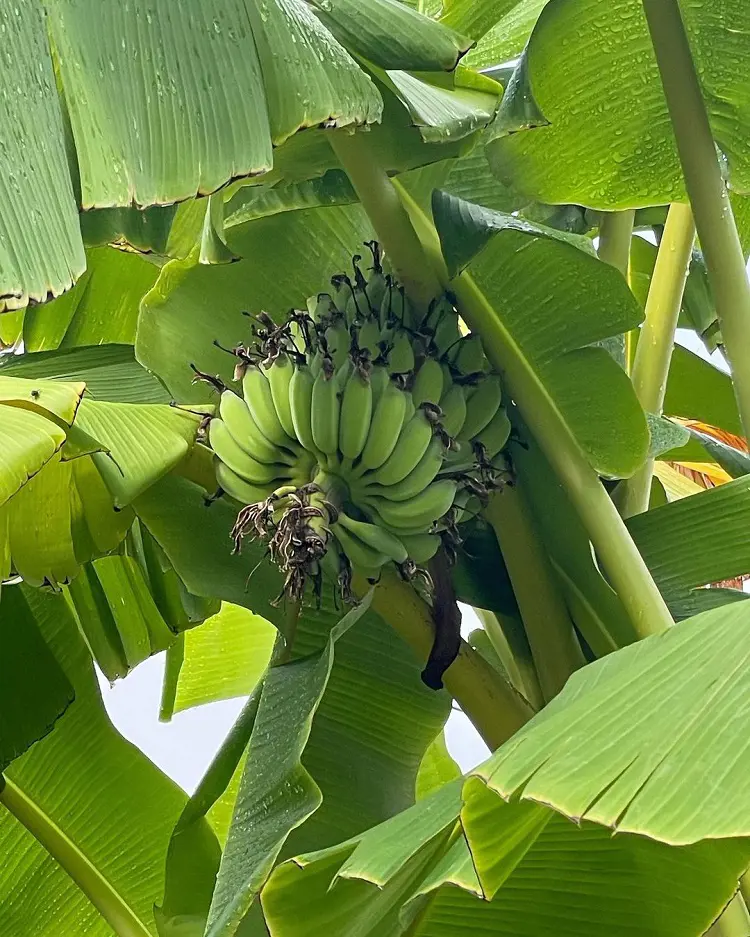
A banana is a tropical fruit with a curved, elongated shape and yellow skin when ripe. Typically eaten raw, bananas are a convenient and portable snack. They are fast-growing fruits and are a staple in many diets worldwide. The versatility, affordability, and widespread availability make bananas a popular and nutritious choice for a quick energy boost.
- Botanical Name: Musa spp.
- Common Name: Banana tree, plantain tree
- Family: Musaceae
- Plant Type: Herbaceous, perennial
- Hardiness Zones: 9 – 11 (USDA)
- Sun Exposure: Full sun
- Soil Type: Loamy, well-drained
- Soil pH: 6.5 – 7.5 (Acidic)
- Maturity: 9 – 15 months
- Bloom Time: Spring
- Flower Color: White, orange, purple
- Native Area: Asia, Africa, and Australia
Choosing the Right Banana Variety for Your Climate
Before diving into banana growing, pick a variety that suits your climate. Cavendish, Lady Finger, and Plantain are common types, each with unique traits. Research their needs to find a match for your climate and taste preferences. While bananas love tropical climates, you can still grow them elsewhere.
Know your climate zone; it's vital to select the right variety. Consider temperature, humidity, and frost. In colder areas, check out cold-hardy types like Musa Basjoo, able to brave lower temperatures. Choosing the right banana variety ensures a thriving tree, even outside the typical tropical zones.
Site Selection
Selecting the right site is crucial for banana tree success. Bananas thrive in well-drained, fertile soil with full sunlight. If the site is unsuitable, issues arise. Poor drainage may lead to root rot, and inadequate sunlight affects growth and fruiting. Unsuitable soil hampers nutrient absorption, impacting overall health.
In colder climates, inadequate warmth may stunt growth or damage the plant. Wind exposure can cause damage and inhibit healthy development. Choosing an optimal site ensures proper growth conditions, preventing issues like poor fruiting, stunted growth, and susceptibility to diseases.
Soil Preparation
To prepare the soil for banana trees, ensure well-drained, nutrient-rich soil. Start by incorporating organic matter like compost and manure. Bananas prefer slightly acidic to neutral pH. Inadequate soil quality affects the tree's health; poor drainage leads to root rot, and nutrient deficiency hampers growth.
Sandy soil may drain too quickly, while clayey soil retains too much water. Compacted soil limits root expansion. Insufficient organic matter diminishes nutrient availability. Prioritize soil preparation to ensure banana trees flourish, robust growth, successful fruiting, and resistance to diseases and pests.
Propagation Methods
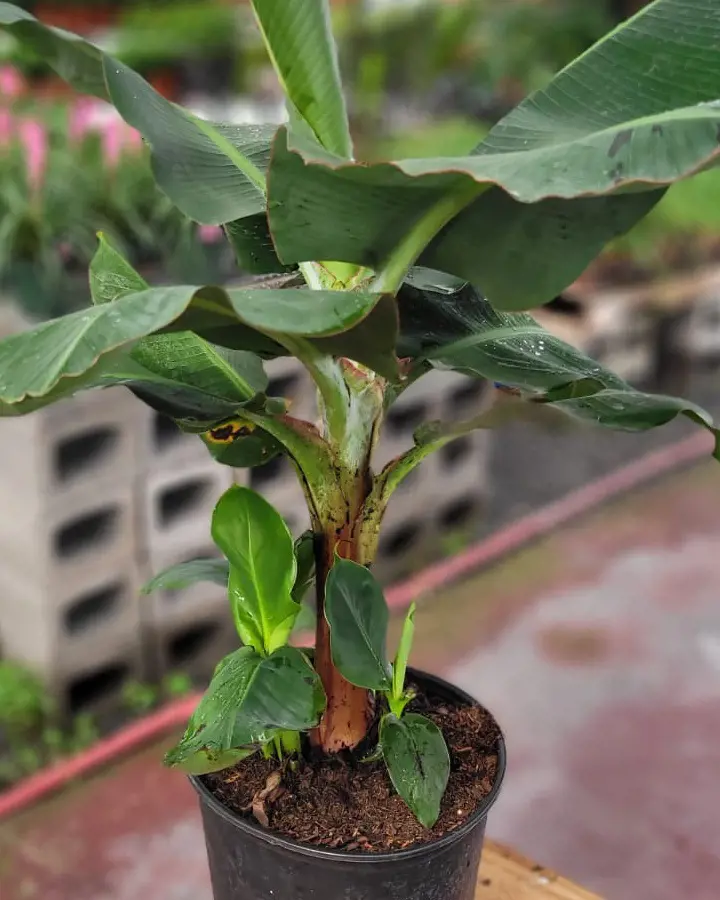
Banana trees are commonly propagated through pups, seeds, or tissue culture. Seeds are viable but may not yield true-to-type plants. Pups, small shoots at the base of mature plants, offer a reliable method. Remove and replant them for genetic consistency.
Tissue culture involves cloning in a lab, ensuring identical offspring. Pups are the preferred choice for many as they maintain the genetic characteristics of the parent plant. Simply separate a healthy pup from the main plant and transplant it, fostering a new banana tree that mirrors the desirable traits of its predecessor.
Planting Depth and Spacing
When planting banana pups, it's crucial to bury them at an appropriate depth, ensuring that the roots and a portion of the pseudostem are covered by soil. This promotes stability and proper establishment. Adequate spacing between banana plants is essential to facilitate optimal air circulation, a key factor in disease prevention.
The recommended spacing is usually between 8 to 10 feet apart, though specific requirements may vary based on the banana variety. Providing sufficient room allows each tree to receive proper sunlight, air, and nutrients, fostering healthy growth and reducing the risk of diseases that thrive in crowded or damp conditions.
Watering The Plant
Watering banana trees appropriately is crucial for their well-being. These trees generally have moderate to high water requirements. It's essential to maintain soil consistently moist without allowing waterlogging. Opt for deep, infrequent watering rather than shallow and frequent sessions.
Mulching around the tree's base proves beneficial by retaining soil moisture and preventing weed growth. Regular monitoring and adjustment of watering practices contribute to a thriving banana tree, promoting healthy development and optimal fruit production.
Fertilizing for Optimal Growth
To ensure optimal growth, banana trees, being heavy feeders, require regular fertilization. Choose a balanced fertilizer, emphasizing higher potassium content to encourage robust fruit development. Apply the fertilizer every 2-3 months, but exercise caution to avoid over-fertilization, which can result in salt accumulation in the soil.
Complementing with organic matter such as compost enhances nutrient levels and improves soil structure. This comprehensive fertilization approach supports the banana tree's nutritional needs, fostering healthy growth, and maximizing fruit production, striking a balance between chemical and organic supplements for overall soil health and plant vitality.
Pruning and Thinning
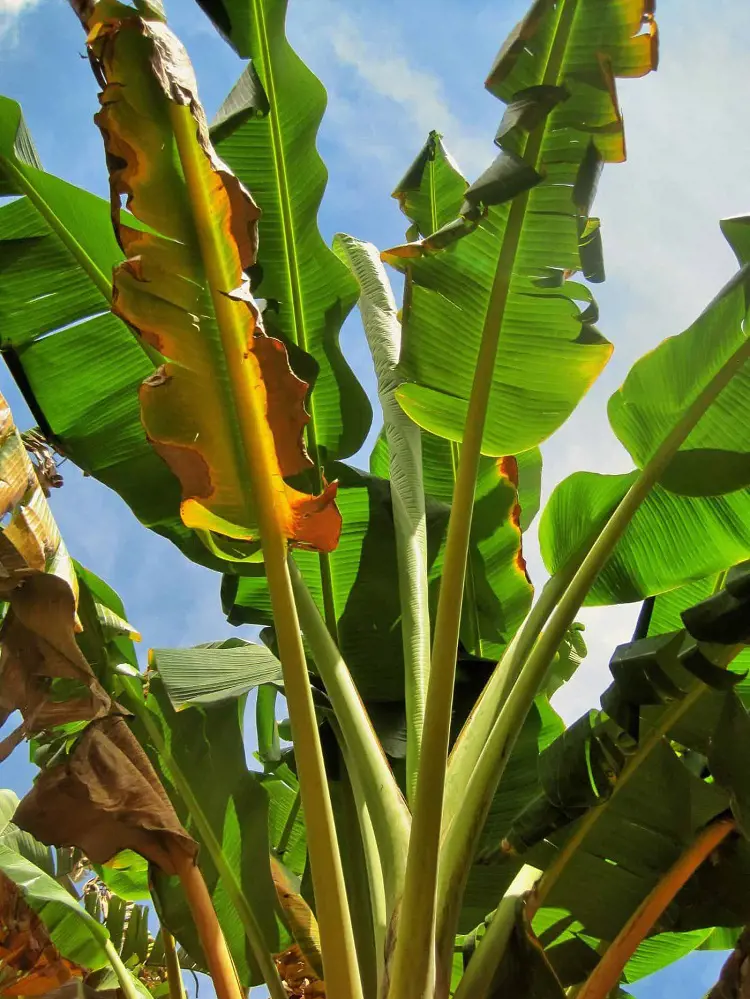
Pruning and thinning are vital practices for a thriving banana tree. Regularly trim away dead or damaged leaves to enhance air circulation and minimize disease risks. Thinning excess suckers, the shoots emerging from the base are crucial to focus the plant's energy on fruit production.
Retain only a few robust suckers to mature into full stems, optimizing the overall health and productivity of the banana tree. With these practices, you not only maintain a visually appealing and well-structured plant but also encourage efficient resource allocation.
Protecting Your Banana Tree from Pests
Keep a vigilant eye on the foliage, regularly checking for signs of infestation such as distorted leaves or discoloration. Common pests like aphids, spider mites, and nematodes can pose threats. Harness the power of natural predators like ladybugs and predatory mites to naturally control pest populations.
In cases requiring intervention, opt for organic insecticides to minimize harm to beneficial insects and maintain a balanced ecosystem. Proactive pest management ensures the health and vitality of your banana tree, fostering robust growth and a fruitful harvest.
Disease Prevention and Management
To safeguard banana plants from fungal and bacterial diseases such as Panama disease and black Sigatoka, prioritize disease prevention and management. Embrace good sanitation practices by promptly removing infected plant material and maintaining a clean growing environment.
Employing fungicides can offer added protection, particularly during disease-prone periods. Opting for disease-resistant banana varieties further strengthens your defense against potential infections. By adopting a comprehensive approach that combines cleanliness, targeted treatments, and resistant plant choices, you enhance the resilience of your banana tree.
Determining Fruit Maturity
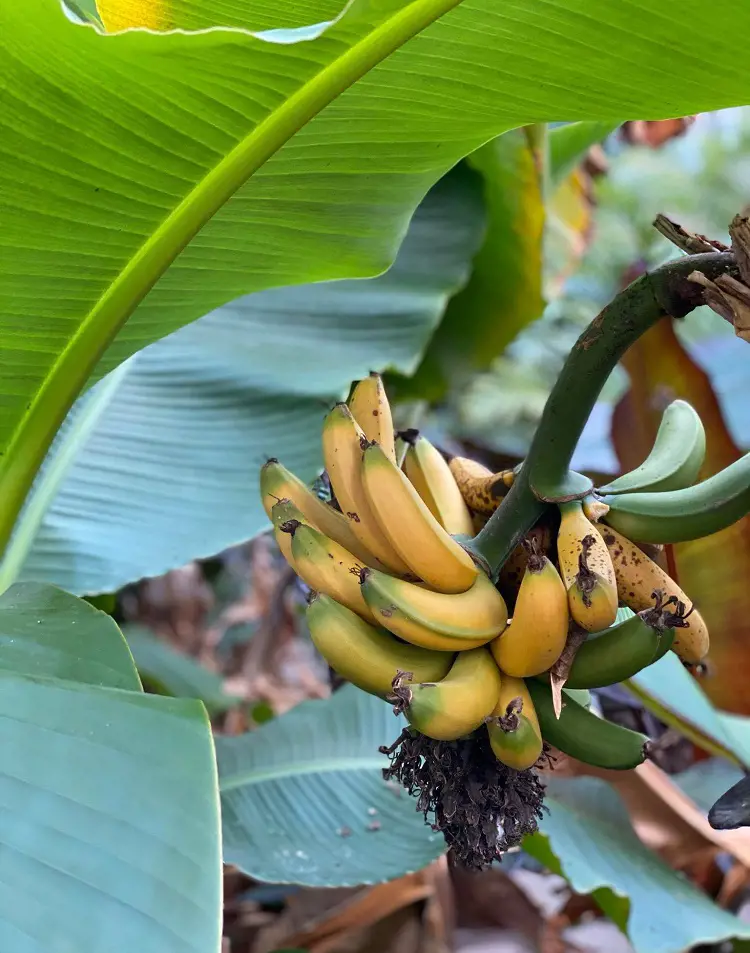
Exercising patience is crucial as you await the fruition of your banana tree. The duration from planting to harvest varies based on the banana variety and environmental factors. Keep a close eye on the bananas, assessing their color and size; full development and mature coloration are indicators of readiness.
When the lower bananas in the bunch are ripe, it's time to harvest the entire cluster. By monitoring these visual cues, you ensure the optimal timing for harvesting, allowing you to enjoy the flavorful and ripe bananas from your carefully nurtured tree.
Harvesting At The Right Time
Harvesting bananas at the right time is crucial for optimal taste, texture, and overall quality. If harvested too early, bananas lack full flavor development and may not ripen properly. Harvesting too late results in overripeness, compromising taste and leading to a mushy texture.
Timing is vital to ensure the ideal balance of sweetness and firmness. Harvesting at the right moment guarantees a satisfying and delicious fruit. Conversely, harvesting at the wrong time diminishes the quality, impacting the taste and texture negatively, and ultimately affecting the overall enjoyment and utility of the banana crop.
Post-Harvest Care
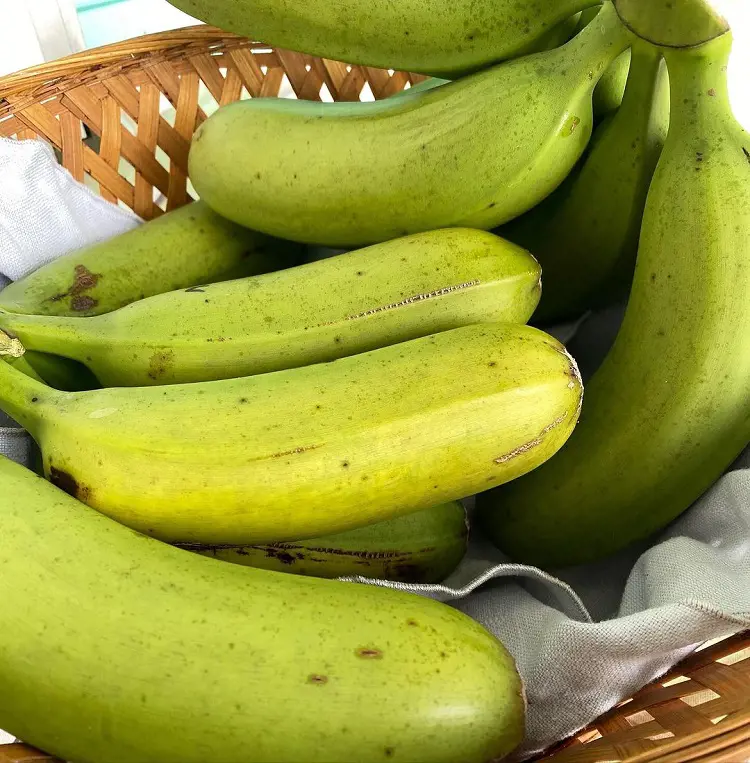
After harvesting, handle bananas gently to avoid bruising. Hang the bunch in a cool, shaded spot for gradual ripening. Alternatively, selectively pick individual hands for an extended harvest window. Store ripe bananas in a cool location or savor them straight from the tree for optimal freshness.
Proper post-harvest care ensures a longer shelf life and maintains the quality of the bananas, allowing you to enjoy the fruits of your labor over an extended period, whether you prefer them immediately ripe or desire a more extended storage option.
Best Varieties Of Banana To Grow
Several banana varieties are popular for cultivation, each offering unique flavors, sizes, and uses. Some notable varieties include:
- Cavendish: Widely grown globally, known for its mild taste and dessert quality. However, it's susceptible to diseases.
- Lady Finger (Dwarf Cavendish): A smaller cultivar with a sweet, creamy taste. Its compact size makes it suitable for home gardens.
- Plantain: Larger and starchier than dessert bananas, often used for cooking in various cuisines.
- Gros Michel: Once dominant until susceptible to Panama disease. Still grown in some regions.
- Apple Banana (Manzano): Sweet, apple-like flavor and smaller size.
- Red Banana: Distinctive red or purple skin, with a sweet taste and creamy texture.
- Blue Java (Ice Cream Banana): Unique, silver-blue skin and a creamy texture, resembling vanilla ice cream.
- Mysore: Resistant to Panama disease, sweet taste, and suitable for home gardens.
- Goldfinger: Disease-resistant, sweet, and suitable for both fresh consumption and processing.
- Nam Wah (Pisang Awak): Resistant to diseases, sweet taste, and commonly used for cooking.
How Long Does Banana Take To Grow
The time it takes for a banana plant to produce fruit depends on various factors, including the banana variety, growing conditions, and climate. On average, it takes about 9 to 12 months for a banana plant to produce fruit from the time of planting. Here is a general timeline:
- Planting: Banana plants are typically grown from suckers, which are offshoots from the base of mature plants. Once planted, it takes a few months for the plant to establish its root system and grow into a mature plant.
- Vegetative Stage: The banana plant goes through a vegetative stage where it grows leaves and stems. This stage can last anywhere from 6 to 9 months.
- Flowering: After the vegetative stage, the banana plant produces a flower stalk. This process can take a few months, and the plant must have proper conditions for flowering.
- Fruit Development: Once the flowers are pollinated, bananas begin to develop. The time it takes for the fruit to mature can range from 2 to 6 months, depending on the banana variety.
Factors such as temperature, sunlight, water, and soil conditions can influence the growth rate. Additionally, some banana varieties may have shorter or longer timelines.
Can We Grow Banana From Banana Seeds?
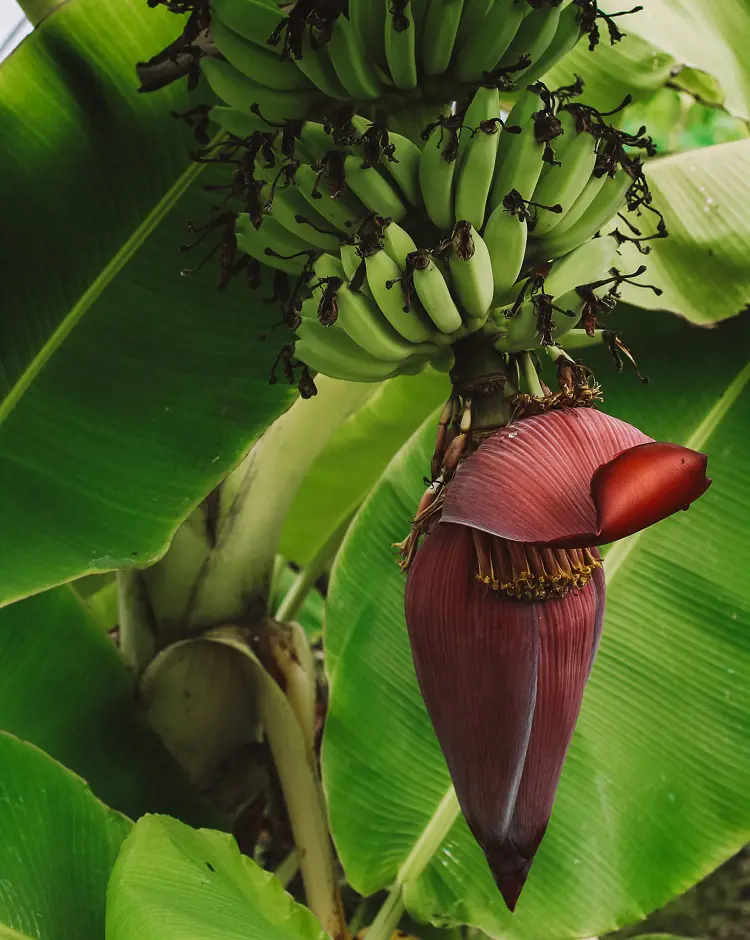
While bananas produce seeds, they are typically not used for propagation. The seeds in most edible banana varieties are tiny, numerous, and often non-functional due to genetic factors. Growing bananas from seeds is challenging due to the low viability and fertility of the seeds.
Moreover, many cultivated bananas are triploid, meaning they have three sets of chromosomes, making seed development even more complex. If you're interested in growing bananas, it's more practical and reliable to use suckers or other vegetative propagation methods. This ensures the genetic characteristics of the parent plant are preserved in the new plants.
Recent posts
How To Grow
How To Grow
How To Grow Garlic
A bulbous member of the onion family, garlic is prized for both its potent flavor and a variety of therapeutic applications. Due to its relative ease of cultivation, it is a favorite among home gardeners and a pioneer in kitchens worldwide. Garlic ma...
How To Grow
How To Plant and Grow Orchids
Orchids are one of the prettiest and most interesting flowers out there, with over 30,000 types and 200,000 hybrids. They are one of the biggest families of plants and can grow indoors or outdoors. However, growing and taking care of orchids is not e...
How To Grow
How To Plant, Grow And Harvest Corn All By Yourself
Growing your popcorn or sweet corn at home garden can seem like an interesting idea. However, it requires a large amount of space to grow as it is a tall plant that needs plenty of room to spread out. But, if you want to enjoy freshly popped po...
How To Grow
How To Plant, Grow And Care Cucumbers
Growing cucumbers is like going on a fun journey where you get to plant and pick your very own crunchy veggies. It's not just about having tasty cucumbers, it's also about the joy of seeing your plants grow. Whether you have a big garden or a small b...
How To Grow
How To Plant, Grow And Care Radishes In Your Garden
Growing radishes in your garden is a fantastic way to enjoy crisp and peppery veggies that you've nurtured from seed to plate. It's a straightforward process that anyone can try, even if you're new to gardening. In the following 12 steps, we'll guide...
How To Grow
How to Plant, Grow And Care For Spinach?
Growing leafy greens in your backyard garden is both healthy and fun. Spinach can be the best leafy green to start with as it is relatively easy to grow from scratch and can be harvested in about a month from planting. It thrives in spring or fall in...
